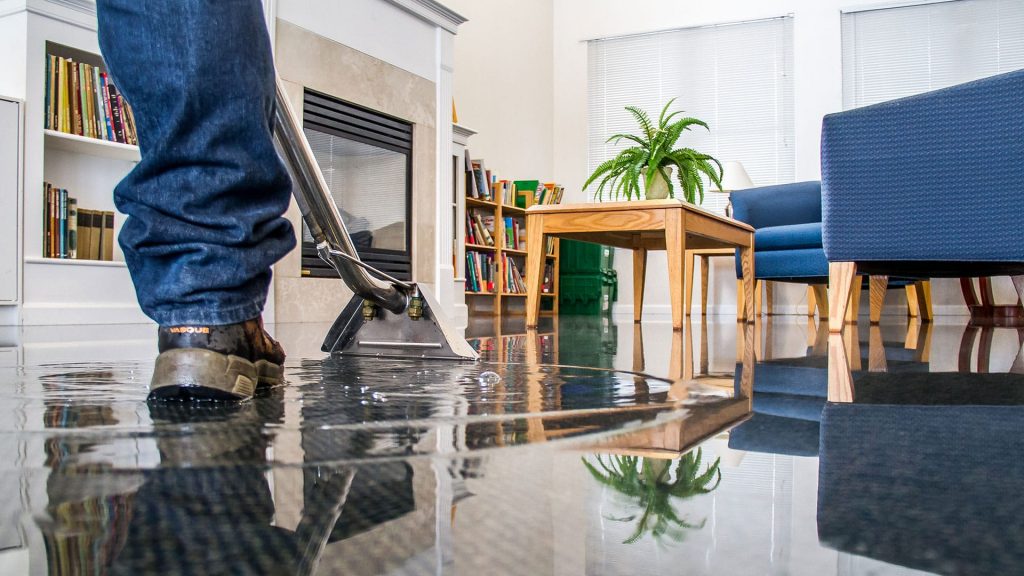Do's & Don'ts of Water Damage.
Do's & Don'ts of Water Damage.
Blog Article
The article below in relation to What You Can Do At Home To Prevent Fire And Water Damage is without a doubt fascinating. Try it and draw your own personal final thoughts.

Water provides life, water intrusion on components where it's not intended to be can result in damages. Homes with water damages odor stuffy and old.
Water can originate from lots of sources such as hurricanes, floods, ruptured pipes, leakages, and sewage system problems. In case you experience water damages, it would certainly be great to understand some safety preventative measures. Right here are a couple of guidelines on just how to take care of water damage.
Do Prioritize House Insurance Insurance Coverage
Water damage from flooding dues to heavy winds is seasonal. Nevertheless, you can likewise experience an unexpected flooding when a defective pipeline unexpectedly breaks into your home. It would certainly be best to have home insurance policy that covers both acts of God such as natural calamities, as well as emergency situations like broken plumbing.
Don't Neglect to Shut Off Energies
In case of a disaster, particularly if you stay in a flood-prone location, it would be recommended to shut off the major electrical circuit. This cuts off power to your whole home, protecting against electric shocks when water comes in as it is a conductor. Additionally, do not neglect to turn off the primary water line shutoff. When floodwaters are high, furniture will walk around and also create damage. Having the major shutoff shut down protects against further damage.
Do Remain Proactive and also Heed Weather Condition Informs
Storm floodings can be extremely unforeseeable. If there is a history of flooding in your neighborhood, remain proactive and prepared. Pay attention to emptying warnings if you live near a river, lake, or creek . Obtain prized possessions from the first stage as well as basement, after that put them on the greatest possible level. Doing so lowers possible property damages.
Don't Neglect the Roof
You can avoid rain damage if there are no openings and also leakages in your roof. This will prevent water from streaming down your walls as well as saturating your ceiling.
Do Pay Attention to Small Leaks
A ruptured pipe doesn't occur overnight. You might see gurgling paint, peeling off wallpaper, water touches, water spots, or leaking noises behind the walls. Have your plumbing fixed prior to it results in substantial damages.
Don't Panic in Case of a Burst Pipeline
When it comes to water damage, timing is essential. Hence, if a pipe ruptureds in your residence, right away closed off your main water valve to reduce off the source. Call a credible water damage remediation professional for assistance.
Water provides life, water breach on parts where it's not expected to be can result in damages. Homes with water damages smell old as well as stuffy.
Water damages from flooding dues to heavy winds is seasonal. You might see bubbling paint, peeling wallpaper, water streaks, water discolorations, or dripping noises behind the wall surfaces. When it comes to water damage, timing is essential.
Are Water Mitigation and Water Damage Restoration the Same Thing?
When are Water Mitigation Services Needed?
Water intrusion can come from small sources like a dishwasher leak or larger ones like rainwater causing inches of standing water in a basement. Other instances of damage that call for water mitigation services include:
Sewer backup, sump pump failure, or clogged toilets Toilet wax seal failure Shower pan corrosion Pipe leaks and ruptures Washer or icemaker line breaks HVAC drain line blockage A leaking roof Moisture behind walls Foundation cracks Mold Mold is a good example to illustrate how water mitigation works. We’ve often found that clients we do mold remediation services for had existing water damage issues that ended up leading to the mold damage. When performing water mitigation we look for what’s causing the water problem and for ways to stop mold before it multiplies and becomes a bigger concern.
Are You Currently Experiencing a Water Disaster?
If you’re in the middle of a water intrusion disaster, here are some important dos and don’ts to follow:
Don’ts:
Safety first! Do not enter a room with standing water until the electricity has been turned off! A regular household vacuum should never be used to pick up water. Never use electrical appliance if standing on a wet floor or carpet. Leave visible mold alone. Dos:
Call a water mitigation professional as soon as possible. Mold and other damage can begin within hours of a water intrusion. Mop and blot up as much water as possible. Remove non-attached floor coverings and mats but leave wall-to-wall carpeting removal to a pro. If there are window coverings like draperies that touch the water, loop them through a hanger and put them up on the rod. Remove wet cushions to dry and wipe down soaked furniture. Move valuables like paintings, photos, and art objects to a dry location. Books should be left tightly packed on shelves until it’s determined if they need specialized drying. Prop open closets, cabinets, and drawers to allow them to air out. https://cfrsfl.com/blog/are-water-mitigation-and-water-damage-restoration-the-same-thing/

As a person who reads on How To Prevent Fire And Water From Ruining Your Holiday Season, I was thinking sharing that piece of content was a good thing. Sharing is nice. You won't know, you may just be helping someone out. Thank-you for going through it.
Report this page